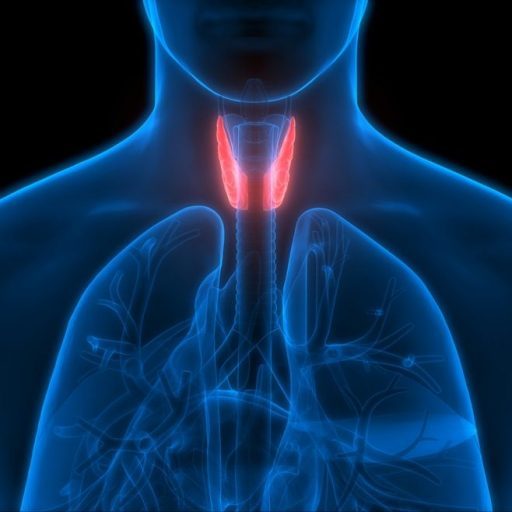Investigating the Effects of Stress in Adolescence on Postpartum Social Behavior
Building on Previous Research: Social Isolation in Adolescence
Minae Niwa, Ph.D., from the University of Alabama at Birmingham, leads groundbreaking research. She explores how adolescent stress affects mothers’ social behavior post-birth. Her team uses a mouse model to uncover these complex neural mechanisms. They build on prior findings that link social isolation in late adolescence to long-lasting behavioral changes after childbirth. This research only applies if the mice experience both pregnancy and delivery.
The Role of the Prelimbic Cortex in Social Behavior
Niwa’s work shines a spotlight on the prelimbic cortex, a brain region essential for social behavior regulation. Her team employs optogenetics to activate or inhibit brain circuits selectively. They also use in vivo calcium imaging to track neuron activity. These innovative methods reveal neuron communication patterns in animals behaving naturally.
Exploring the Impact of Psychosocial Stress on Glutamatergic Pathway
The researchers discovered that adolescent psychosocial stress impairs the glutamatergic pathway’s function. This pathway, crucial for excitatory neurotransmission, links the anterior insula to the prelimbic cortex. The team’s findings underscore the pathway’s significance in central nervous system function.
Social Behavior Changes: Effect of Diminished Cortico-Cortical Pathway Function
The study finds that reduced cortico-cortical pathway function leads to abnormal social behavior. Stressed mouse mothers show a preference for familiar mice over new ones. This contrasts with unstressed mothers, who show no such preference.
Role of the Anterior Insula-Prelimbic Cortex Pathway in Recognizing Novelty
Niwa’s team identifies the anterior insula-prelimbic cortex pathway as key in recognizing new mice. This pathway regulates “stable neurons” in the prelimbic cortex. These neurons consistently respond to novel mice.
Functional Relevance of the Anterior Insula-Prelimbic Cortex Pathway
Experiments demonstrate the anterior insula-prelimbic cortex pathway’s functional relevance. Decreased activity in this pathway correlates with a reduced preference for social novelty in stressed mothers. Optogenetic activation of this pathway in stressed dams enhances their social behavior.
Anterior Insula-Prelimbic Cortex Pathway and Social Novelty
The team’s precise optogenetic modulation during mouse exploration reveals crucial insights. They show that the anterior insula-prelimbic cortex pathway’s role is vital during social novelty interactions.
The Involvement of the Glucocorticoid Receptor in Social Behavior Changes
The team also reveals the glucocorticoid receptor’s role within the anterior insula-prelimbic pathway. Removing this receptor restores normal neuronal activity in the prelimbic cortex of stressed mothers. Niwa notes, “The prolonged elevation of stress hormones postpartum is crucial in altering neuronal pathways and social behavior.”
The Implications of the Study on Understanding Postpartum Social Behavior
Niwa concludes with the study’s significant implications. It demonstrates the anterior insula-prelimbic pathway’s involvement in adolescent stress-induced postpartum alterations. These alterations relate to recognizing the novelty of other mice, a key social behavior aspect. She emphasizes the need for further exploration to deepen our understanding of postpartum social behavioral changes and the nature of social behavior.






